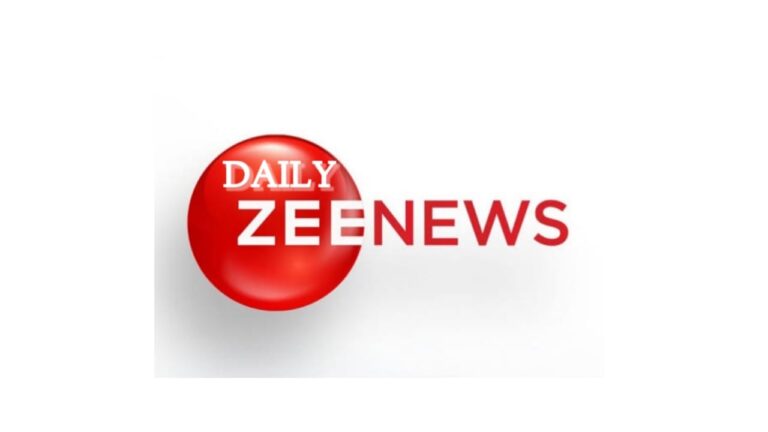
Introduction: Navigating the Complex World of Health Insurance in America
Health insurance is one of the most important aspects of life in the United States, but for many, it’s also one of the most confusing. With rising healthcare costs, shifting policies, and a variety of plan options, understanding how health insurance works is essential for every American. Whether you’re getting insurance through your employer, signing up for a government program, or buying it privately, it’s crucial to know what your options are, how to get coverage, and how to make sure you’re protected financially.
In this comprehensive guide to health insurance in the USA, we’ll cover everything you need to know: from the basics of what health insurance is, to the different types available, to how to choose the right plan for you and your family. Let’s dive in!
What Is Health Insurance and Why Is It Important?
Health insurance is essentially a contract between you and an insurance company. You pay a monthly premium, and in exchange, the insurance company covers some of your medical costs. Health insurance can help you manage the often-high costs of medical care, ensuring you don’t have to pay the full amount out of pocket.
Without insurance, even a simple doctor’s visit can cost hundreds of dollars. For more serious conditions—like surgery or emergency care—the costs can soar into the tens of thousands. With health insurance, you only need to pay a portion of these costs (known as copays, deductibles, and coinsurance), depending on the type of plan you have.
Types of Health Insurance in the USA: Your Options Explained
There are several types of health insurance available in the United States, each designed to meet different needs and financial situations. Let’s break them down:
1. Employer-Sponsored Health Insurance (ESI)
- What It Is: This is the most common way Americans get health insurance. If you’re employed, your employer likely offers a health insurance plan that you can enroll in.
- How It Works: Employers typically share the cost of the premium, which makes it more affordable than purchasing a plan on your own. You’ll likely have several plan options to choose from, which could include HMO, PPO, or HDHP plans.
- Who’s Eligible: Employees and their families. Some employers may also extend coverage to retirees or part-time workers.
2. Medicare: For Seniors and Some Disabled Americans
- What It Is: Medicare is a federal health insurance program for people aged 65 and older, as well as for some younger individuals with disabilities.
- How It Works: Medicare is divided into Parts A, B, C, and D. Part A covers hospital insurance, Part B covers medical insurance, Part C is a private alternative called Medicare Advantage, and Part D covers prescription drugs.
- Who’s Eligible: People over 65, and certain younger people with disabilities.
3. Medicaid: Health Insurance for Low-Income Families
- What It Is: Medicaid is a joint federal and state program that provides healthcare coverage to low-income individuals and families.
- How It Works: Medicaid covers a broad range of health services, including doctor visits, hospital stays, prescriptions, and more. Eligibility varies by state.
- Who’s Eligible: Low-income individuals and families, pregnant women, children, elderly individuals, and people with disabilities.
4. The Health Insurance Marketplace (Obamacare)
- What It Is: The Health Insurance Marketplace (also known as the Exchange) was established under the Affordable Care Act (ACA). It’s a service that helps people shop for and enroll in affordable health insurance plans.
- How It Works: You can browse plans, compare coverage and prices, and find out if you qualify for subsidies (financial help). You can also sign up for Medicaid or the Children’s Health Insurance Program (CHIP) through the marketplace.
- Who’s Eligible: U.S. citizens and legal residents who don’t have health insurance through their employer or a government program. Subsidies are available for individuals and families with incomes between 100% and 400% of the Federal Poverty Level (FPL).
5. Private Health Insurance
- What It Is: If you don’t qualify for any public insurance or don’t have employer-sponsored coverage, you can purchase private health insurance directly from an insurance provider.
- How It Works: Private plans are typically sold through insurance brokers or directly from companies like Blue Cross Blue Shield, Aetna, or UnitedHealthcare. These plans vary widely in terms of cost, coverage, and network size.
- Who’s Eligible: Anyone who can afford to pay the premiums.
6. Short-Term Health Plans
- What It Is: Short-term health plans are temporary insurance plans that provide limited coverage for a short period of time (typically up to 12 months).
- How It Works: These plans are less expensive than standard health insurance, but they often exclude coverage for pre-existing conditions and essential health benefits.
- Who’s Eligible: People who need temporary coverage, such as those between jobs or in the middle of an enrollment period.
How to Choose the Right Health Insurance Plan
Choosing the right health insurance plan is critical to managing your healthcare costs effectively. Here are the key factors to consider when selecting a plan:
- Premiums: This is the monthly amount you pay for coverage. Make sure it fits within your budget.
- Deductibles: This is how much you need to pay out of pocket before your insurance starts covering costs. Higher deductibles typically mean lower premiums.
- Copayments and Coinsurance: These are the amounts you pay for medical services after you’ve met your deductible.
- Network of Providers: Some plans have a narrow network of doctors and hospitals, while others allow you to see any provider. Make sure your preferred healthcare providers are in-network.
- Prescription Coverage: Make sure the plan covers any necessary medications.
- Health Needs: If you have ongoing health issues, consider a plan that provides good coverage for specialist visits or treatments.
- Out-of-Pocket Maximum: This is the most you’ll pay for covered services in a year. Once you reach this limit, the insurance will cover all additional costs.
Health Insurance Costs in the USA
Health insurance in the U.S. can be expensive, and the cost varies based on several factors:
- Employer-Sponsored Plans: Employers typically cover part of the premium, but employees still pay a portion, often deducted from their paycheck.
- Marketplace Plans: The cost can range from $200 to $1,000+ per month, depending on the level of coverage, your age, and where you live. Subsidies can significantly reduce costs for low and middle-income individuals.
- Private Insurance: Purchasing directly from an insurer can be costly, with premiums depending on age, health, and plan type.
Other costs include deductibles, co-pays, and out-of-pocket maximums. Even with insurance, out-of-pocket costs can be a significant burden, especially for those with chronic conditions or frequent medical visits.
FAQs: Health Insurance in the USA
Q1: What is the best health insurance plan for me?
The best plan depends on your health needs and budget. If you’re young and healthy, a low-premium, high-deductible plan might be right. If you have ongoing health issues, a plan with a lower deductible and better coverage for specialist visits may be ideal.
Q2: How can I apply for health insurance in the USA?
You can apply for health insurance through your employer, the Health Insurance Marketplace, Medicaid, or directly from private insurance companies. Open enrollment periods vary, so be sure to apply when you’re eligible.
Q3: How much will I pay for health insurance?
Health insurance costs vary widely. If you get insurance through your employer, your company will likely cover a portion of the premium. If you buy insurance through the Marketplace, your premiums depend on your income. For private insurance, premiums can range from $200 to $1,000+ per month.
Q4: Can I get health insurance if I have a pre-existing condition?
Yes, under the Affordable Care Act, health insurers cannot deny you coverage or charge higher premiums due to pre-existing conditions.
Q5: What should I do if I can’t afford health insurance?
You may qualify for Medicaid or subsidies through the Health Insurance Marketplace, which can reduce your costs significantly. If not, consider short-term health plans as a temporary option.
Conclusion: Take Control of Your Health Insurance Today
Navigating the U.S. health insurance system can be daunting, but understanding your options and knowing how to choose the right plan for you can help ease the burden. Whether you’re looking for an employer-sponsored plan, applying for Medicare, or shopping through the Health Insurance Marketplace, taking the time to evaluate your needs and options is crucial.
Make sure you understand the costs, benefits, and coverage details of any plan you’re considering. Don’t hesitate to reach out to an insurance broker or use online resources to find the best option for you
.
Stay informed, make empowered decisions, and ensure that you and your family are covered with the health insurance that suits your needs!



